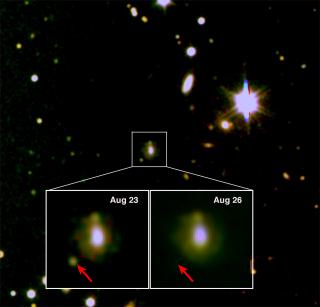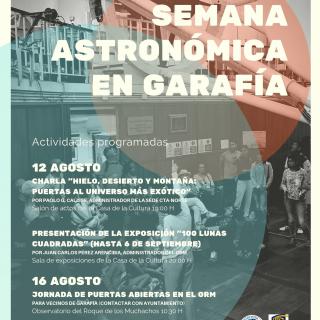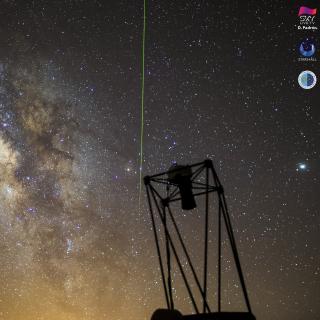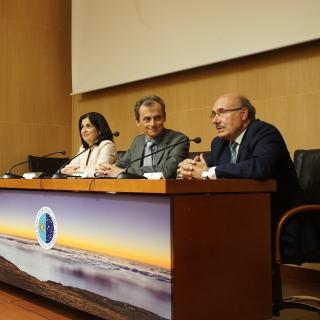
An international team of astronomers, including researchers at the Instituto de Astrofísica de Canarias (IAC) and the CSIC has found evidence of a “kilonomva” in the data from a gamma ray burst detected in August 2016. This is a phenomenon similar to the supernovae which produce large quantities of heavy elements, such as gold and platinum. This event is similar to another explosion detected by LIGO in 2017, for which the combined observation of light and gravitational waves opened the door to an understanding of this type of objects. The results are to be published in the journal Monthly
Advertised on




